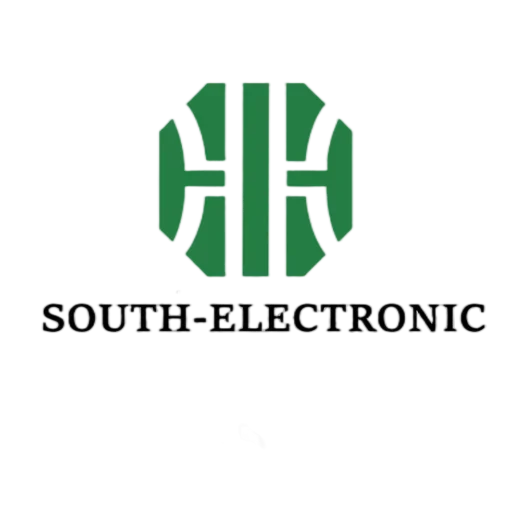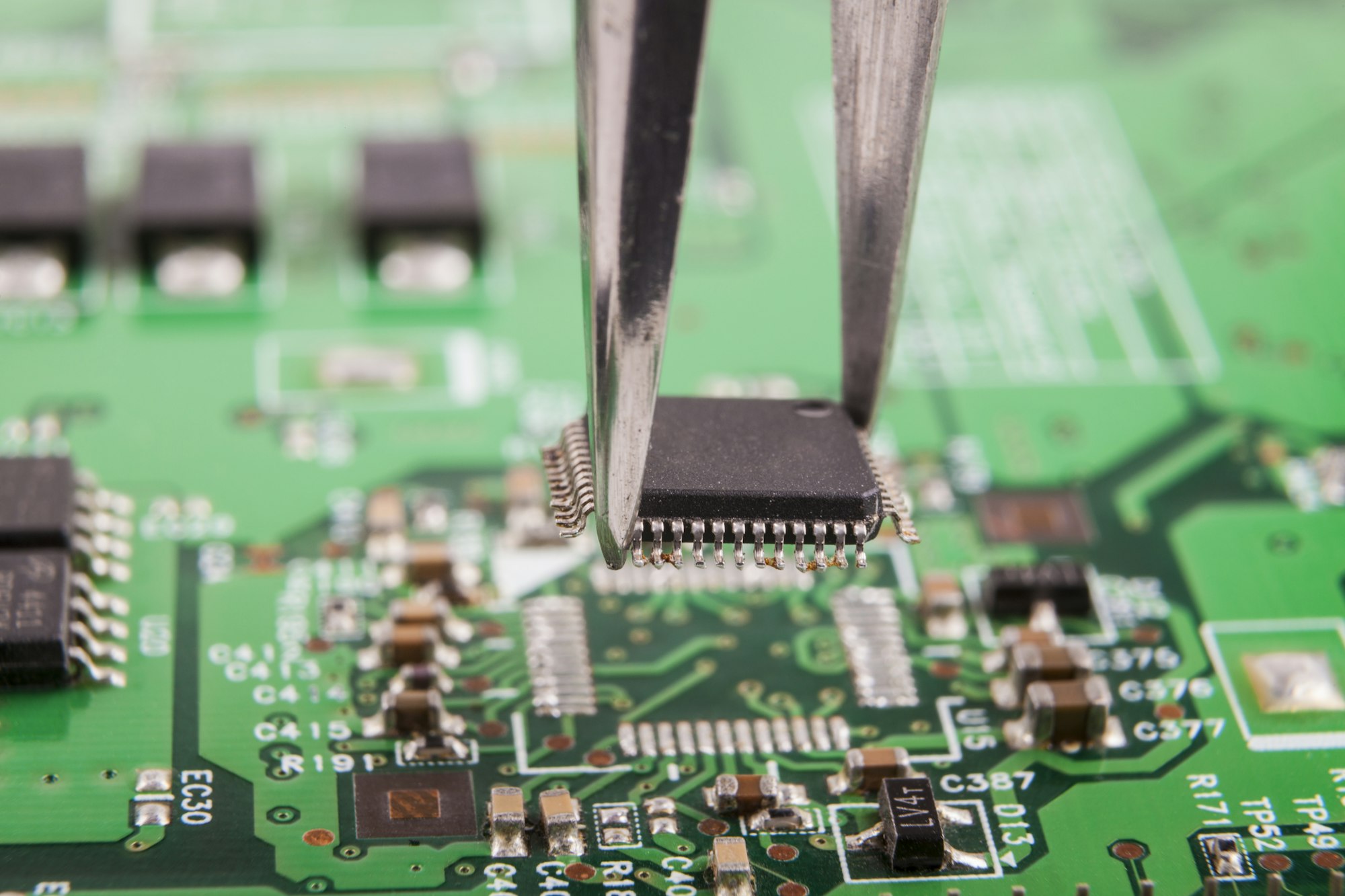Mastering basic electronic components is essential for anyone working with electronics. Whether you’re designing circuits, troubleshooting issues, or simply learning, understanding these components will give you the confidence to tackle more advanced projects.
This guide will walk you through the essential components that form the building blocks of electronics, helping you to grasp their functions, applications, and how to choose the right ones for your projects.
What is a Resistor and How Does It Work?
Resistors are fundamental components in electronics, designed to limit the flow of electric current in a circuit. They are used to manage current, divide voltage, and protect components from damage due to excessive current. Resistors come in various types, including fixed resistors, variable resistors, and special resistors like thermistors and varistors.
Types of Resistors:
- Fixed Resistors: These resistors have a set resistance value and are commonly used in circuits to maintain a steady current.
- Variable Resistors: Also known as potentiometers, these allow for adjustment of resistance to control various aspects of a circuit, such as volume in audio equipment.
- Thermistors: These resistors change their resistance based on temperature, making them useful in temperature-sensing applications.
- Varistors: Protect circuits from voltage spikes by changing resistance with the applied voltage.
Common Types of Resistors and Their Applications
| Type of Resistor | Application |
|---|---|
| Fixed Resistor | Current limiting, voltage division |
| Variable Resistor | Volume control, tuning circuits |
| Thermistor | Temperature sensing |
| Varistor | Surge protection |
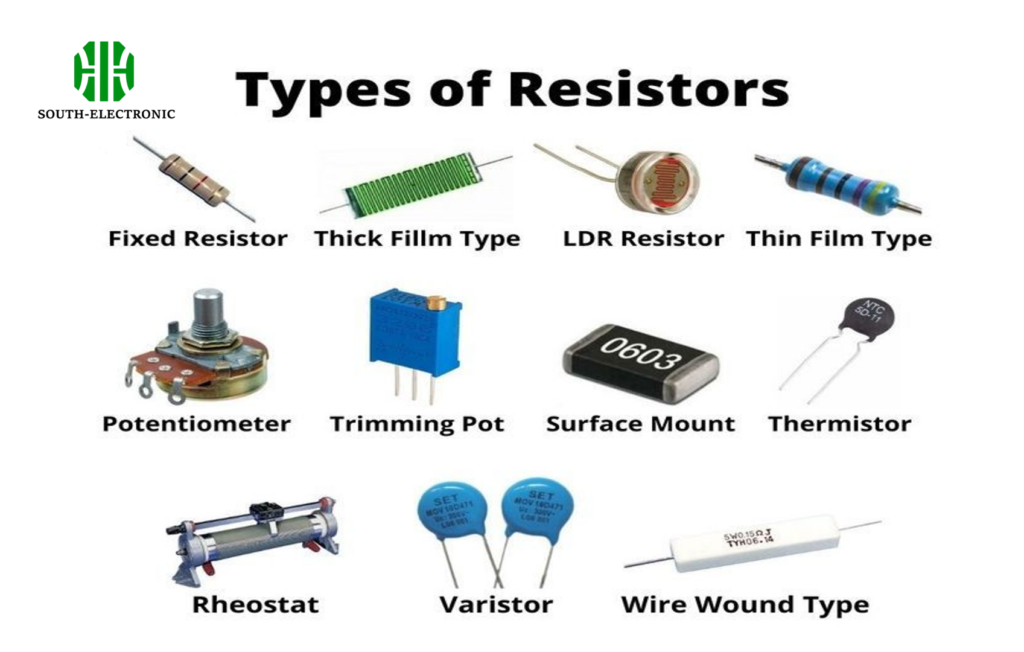
Capacitors: The Energy Storing Components
Capacitors store and release electrical energy in a circuit. They are crucial in applications like filtering, power supply stabilization, and signal processing. Capacitors come in various types, including ceramic, electrolytic, and tantalum, each with distinct characteristics suitable for different uses.
Types of Capacitors:
- Ceramic Capacitors: Used in high-frequency circuits due to their stability and low inductance.
- Electrolytic Capacitors: Provide high capacitance in a small size, ideal for power supply filtering.
- Tantalum Capacitors: Known for their reliability and long life, often used in space-constrained applications.

Understanding Diodes
Diodes are semiconductor devices that allow current to flow in only one direction. They are used for rectification, signal modulation, and protection of circuits. Common types include standard diodes, Zener diodes, and light-emitting diodes (LEDs).
Types of Diodes:
- Standard Diodes: Used for converting AC to DC in rectifier circuits.
- Zener Diodes: Provide voltage regulation by allowing current to flow in reverse when a specific voltage is reached.
- LEDs: Emit light when current flows through them, commonly used in displays and indicators.
Types of Diodes and Their Characteristics
| Type of Diode | Key Characteristics | Common Applications |
|---|---|---|
| Standard Diode | Unidirectional current flow | Rectification |
| Zener Diode | Voltage regulation | Power supplies |
| LED | Light emission | Indicators, displays |

Transistors: The Building Blocks of Modern Electronics
Transistors are essential components that act as switches or amplifiers in circuits. They come in various types, such as Bipolar Junction Transistors (BJT) and Field-Effect Transistors (FET), and are used in applications ranging from simple switches to complex microprocessors.
Types of Transistors:
- Bipolar Junction Transistors (BJT): Used in amplification and switching, controlling large currents with smaller input currents.
- Field-Effect Transistors (FET): Control current using an electric field, ideal for low-power applications.
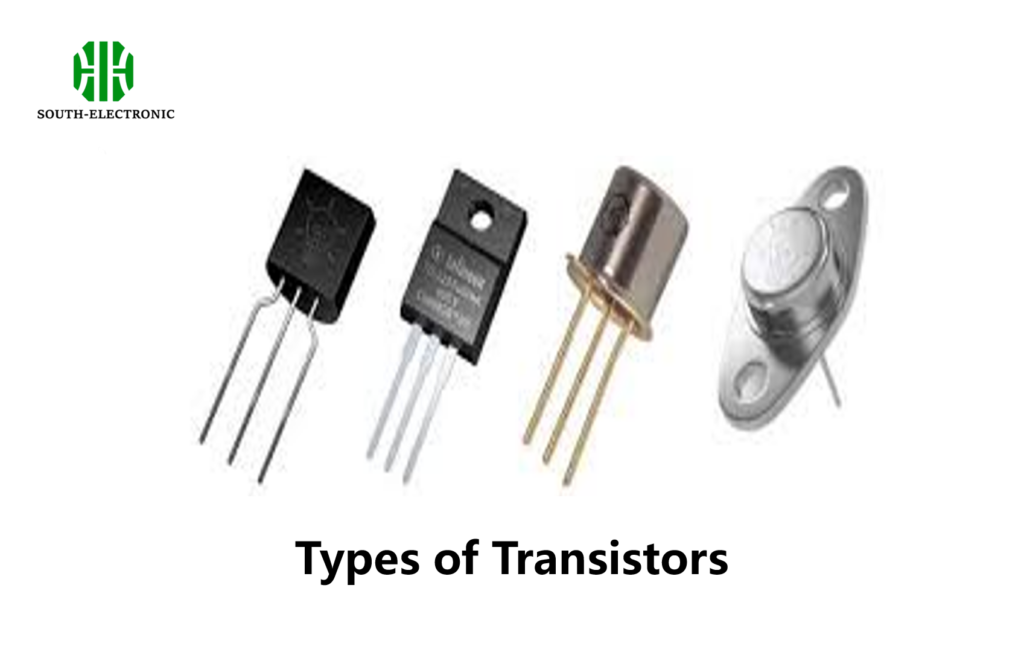
The Role of Inductors in Circuitry
Inductors store energy in a magnetic field when current flows through them. They are used in filtering, energy storage, and tuning circuits, particularly in radio-frequency applications.
Types of Inductors:
- Air Core Inductors: Used in high-frequency applications where low inductance is required.
- Iron Core Inductors: Provide higher inductance and are used in power supplies and transformers.
- Ferrite Core Inductors: Combine high inductance with compact size, suitable for RF applications.
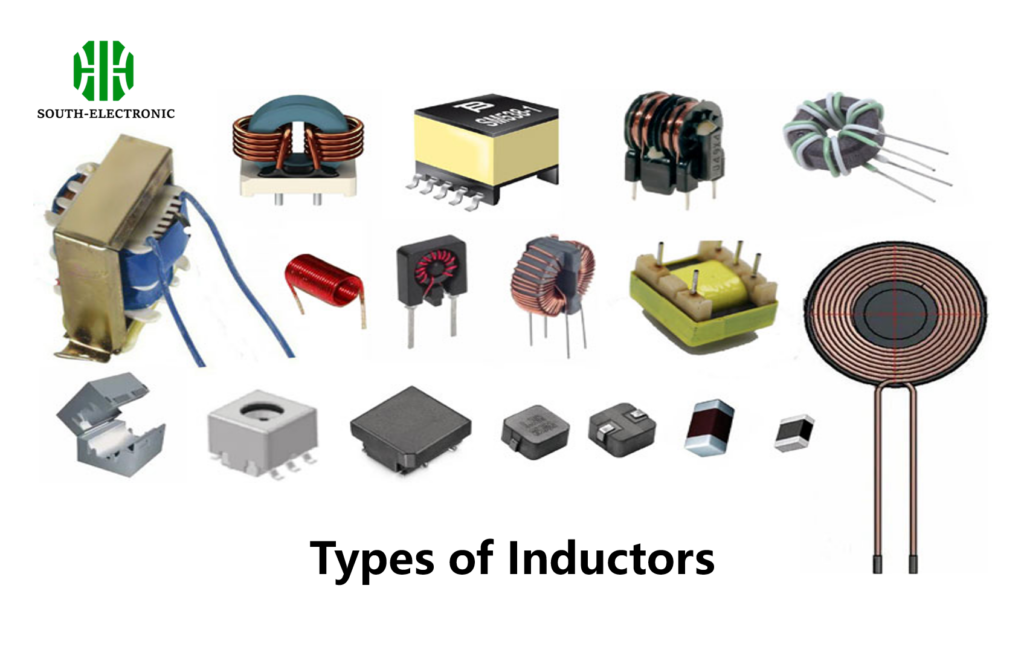
Tips for Selecting the Right Components for Your Project
When selecting components, consider factors like power ratings, tolerance, and environmental conditions. Ensuring compatibility and reliability is crucial for the success of your project.
Key Considerations:
- Power Rating: Choose components that can handle the power levels in your circuit.
- Tolerance: Consider the acceptable variation in component values, especially in precision circuits.
- Environmental Conditions: Ensure components can withstand the operating environment, including temperature and humidity.
Troubleshooting Tips:
- Check for Faulty Components: Use a multimeter to test resistors, capacitors, and diodes.
- Verify Wiring Connections: Ensure all connections are secure and follow the correct circuit diagram.
- Inspect Power Supply: Confirm that the power supply provides the correct voltage and current.


